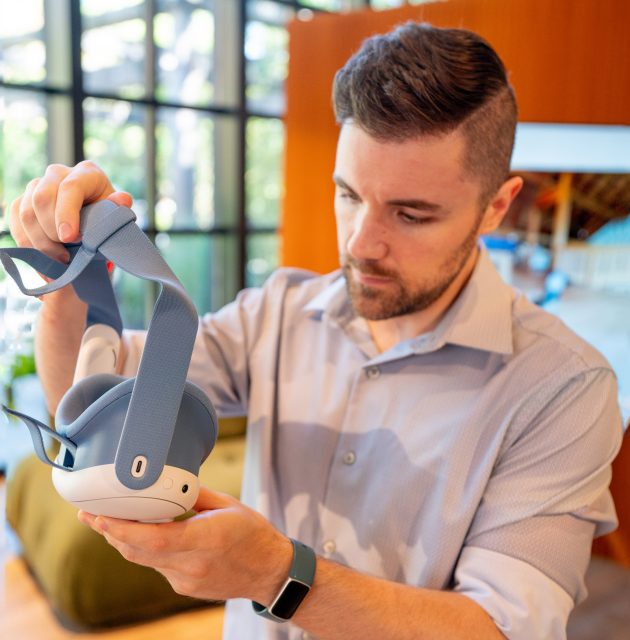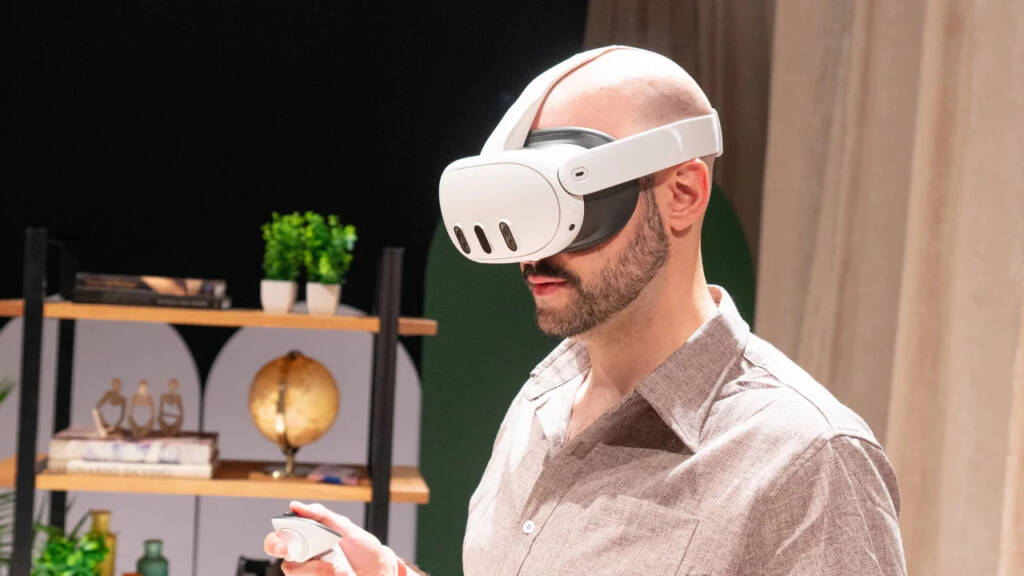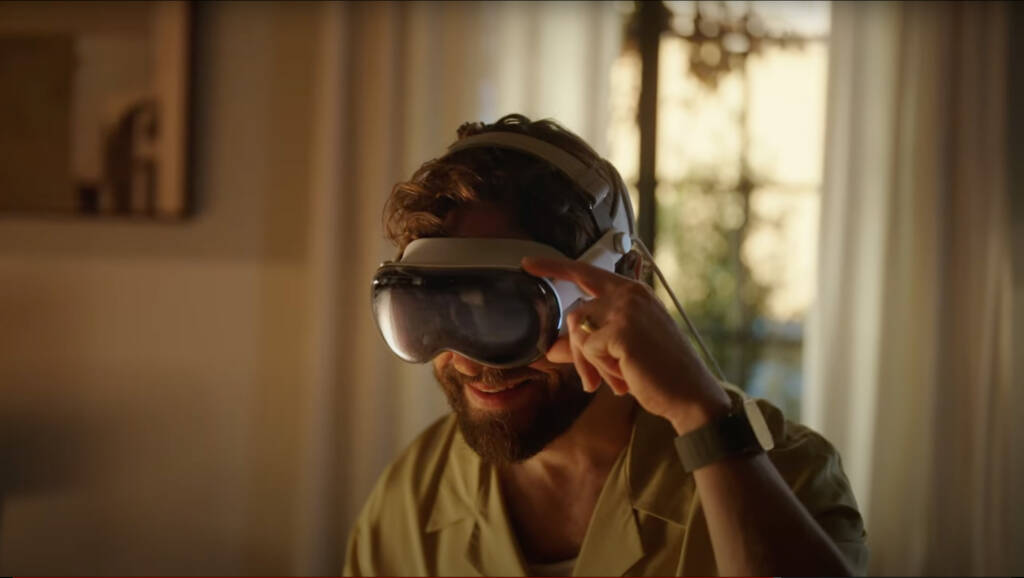Unlocking the Potential of Virtual Reality in the Workplace
Virtual reality (VR) has come a long way since its inception, transforming from a gaming novelty to a technology with immense potential in various industries. While VR headsets are predominantly associated with gaming, there is a growing interest in exploring the possibilities of working in virtual reality. In this article, we will delve into the concept of working in VR and examine its advantages, challenges, and the tools available to facilitate productivity in a virtual environment.

Why Work in VR?
Working in virtual reality offers a host of advantages that can enhance productivity and collaboration. One of the primary benefits is the sense of presence and immersion that VR provides. By creating a virtual office space, VR can bridge the physical distance between colleagues and make remote working feel more like a shared workspace. This can alleviate the feeling of isolation commonly experienced by remote workers and foster a sense of connection and camaraderie.
Additionally, VR opens up new possibilities for creativity and innovation. Architects and CAD engineers, for example, can manipulate virtual objects with ease and even walk through virtual buildings before they are constructed. The ability to visualize and interact with designs in three dimensions can significantly enhance the design process and lead to more precise and efficient outcomes.
Moreover, VR can offer a more focused and distraction-free work environment. By immersing oneself in a virtual workspace, individuals can minimize external distractions and create a dedicated space for their tasks. This can lead to increased concentration and productivity, allowing for a more efficient workflow.
Overcoming Challenges: The Reality of Working in VR
While the potential benefits of working in VR are enticing, there are also challenges to consider. One of the main obstacles is the adjustment period required to become accustomed to working in a virtual environment. The initial experience of wearing a VR headset and navigating through a virtual workspace may feel unfamiliar and disorienting. However, with time and practice, users can adapt to the VR interface and become more proficient in their virtual workflows.
Another challenge is the integration of traditional input devices, such as keyboards and mice, into the VR experience. Typing on a virtual keyboard or using virtual pointers for text-based workflows can be cumbersome and impact productivity. However, advancements in VR technology are addressing this limitation, with the development of VR-compatible keyboards and solutions that allow for seamless integration of physical input devices.

Tools for Working in VR
Several tools and applications have emerged to facilitate working in VR and optimize productivity within a virtual environment. One such tool is Horizon Workrooms, developed by Meta (formerly Facebook). This VR app allows users to create a virtual office space, complete with virtual screens, whiteboards, and avatars. It offers features like spatial audio and realistic avatars that mimic facial expressions and hand movements, creating a more engaging and interactive meeting experience.
Another notable tool is Immersed, which provides remote desktop access in a virtual workspace. With Immersed, users can mirror their computer screens within the VR environment, enabling a multi-monitor setup and customizable workspaces. This tool is particularly useful for professionals who require access to multiple applications and screens simultaneously.
Additionally, apps like Firefox Reality and Virtual Desktop offer web browsing capabilities within VR, allowing users to access web-based productivity tools and collaborate on virtual platforms. These apps offer features like multiple window support and customizable virtual environments, providing a flexible and immersive working experience.
Setting Up Your VR Workspace
To work efficiently in VR, it is essential to ensure a comfortable and ergonomic setup. The choice of VR headset plays a crucial role in the overall experience. The Oculus Quest 2, for example, offers a wireless and standalone VR solution with impressive capabilities. Paired with the right accessories, such as the Logitech K830 keyboard with an integrated trackpad, users can enhance their productivity and typing experience within the VR environment.
When configuring your VR workspace, it is important to consider the physical surroundings. Ensure that you have enough space to move around comfortably and that the area is clear of any obstacles that could interfere with your VR experience. Additionally, proper lighting and a comfortable chair can contribute to a more immersive and enjoyable working environment.
The Future of Working in VR
While working in VR is still in its early stages, the potential for its integration into various industries is vast. As technology continues to advance, we can expect more refined and user-friendly VR solutions tailored specifically for work-related tasks. The incorporation of haptic feedback, gesture recognition, and improved input devices will further enhance the VR work experience.
Furthermore, the development of the metaverse, a shared virtual space where people can interact and collaborate, holds promise for the future of working in VR. Companies like Meta are investing in creating immersive metaverse experiences that combine work, socializing, and entertainment. This vision of a fully integrated virtual workspace could revolutionize the way we work and interact, transcending geographical boundaries and unlocking new possibilities for collaboration.

Conclusion
Working in VR has the potential to transform the way we approach work, offering immersive and collaborative environments that can enhance productivity and creativity. While there are challenges to overcome, advancements in VR technology and the availability of innovative tools are making the VR work experience more accessible and efficient. As we continue to explore the possibilities of working in VR, we are on the brink of a new era where virtual reality seamlessly integrates into our professional lives, opening up exciting opportunities for remote work, collaboration, and innovation. Embracing this technology can lead to a future where the boundaries between physical and virtual workspaces blur, enabling us to work and create in ways we never thought possible.